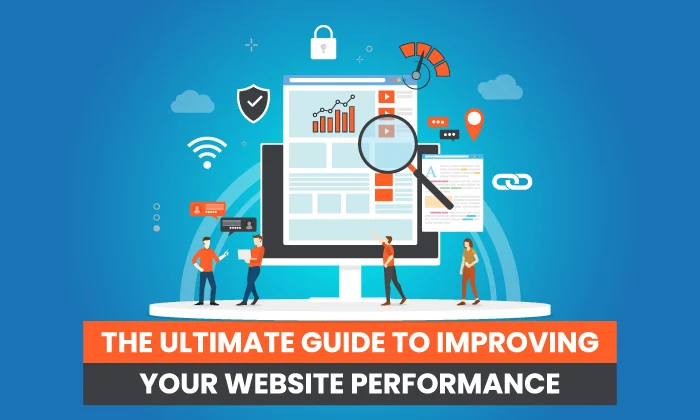
Introduction:
In today’s digital age, where attention spans are fleeting and competition is fierce, having a fast and efficient website is essential for success. Website optimization isn’t just about making your site look pretty; it’s about ensuring it runs smoothly, loads quickly, and provides an exceptional user experience. In this comprehensive guide, we’ll explore the various aspects of website optimization and how you can maximize your site’s performance to delight visitors and achieve your business goals.
Understanding Website Optimization:
Website optimization involves fine-tuning your site to ensure it operates at its peak performance. This includes optimizing speed, mobile responsiveness, SEO, user experience, and conversion rates. By focusing on these areas, you can enhance user satisfaction, improve search engine rankings, and ultimately drive more conversions.
Speed Optimization:
The need for speed cannot be overstated when it comes to website optimization. Slow-loading websites frustrate users and drive them away. To optimize speed, consider techniques such as image optimization, minification of CSS and JavaScript, leveraging browser caching, and using content delivery networks (CDNs). By implementing these strategies, you can significantly reduce page load times and keep visitors engaged.
Mobile Optimization:
With the majority of internet traffic now coming from mobile devices, mobile optimization is no longer optional—it’s imperative. Ensure your website is responsive and adapts seamlessly to various screen sizes. This not only improves user experience but also boosts your site’s visibility in mobile search results, thanks to Google’s mobile-first indexing.
SEO Optimization:
Website optimization goes hand in hand with search engine optimization (SEO). By optimizing on-page elements such as meta tags, headers, and content, you can improve your site’s visibility in search engine results pages (SERPs) and attract more organic traffic. Focus on creating high-quality, relevant content that addresses your audience’s needs and incorporates targeted keywords.
User Experience Optimization:
A positive user experience is paramount for keeping visitors on your site and encouraging them to return. Optimize navigation, readability, and accessibility to make it easy for users to find what they’re looking for. Pay attention to factors like page layout, font size, and color contrast to ensure a comfortable browsing experience for all users, including those with disabilities.
Conversion Rate Optimization (CRO):
Conversion rate optimization (CRO) is about turning website visitors into customers or subscribers. By optimizing conversion funnels, calls-to-action (CTAs), and forms, you can increase the likelihood of visitors taking desired actions, whether it’s making a purchase, filling out a contact form, or subscribing to your newsletter. Experiment with A/B testing to identify what resonates best with your audience and continually refine your approach.
Technical Optimization:
In addition to the more visible aspects of website optimization, don’t overlook the technical details. Implement schema markup to enhance your site’s appearance in search results, ensure SSL encryption for data security, and regularly monitor and address any technical issues that may arise. A well-optimized website is not only user-friendly but also technically sound.
Conclusion:
Website optimization is a continuous process that requires ongoing attention and effort. By prioritizing speed, mobile responsiveness, SEO, user experience, conversion rate optimization, and technical details, you can create a website that not only looks great but also performs exceptionally well. Remember, a fast and user-friendly website is not just a nice-to-have—it’s a competitive advantage that can set you apart from the crowd and drive business growth.
Additional Resources:
- Google PageSpeed Insight
- Beginner’s Guide to SEO
- A/B Testing Guide
With these resources and the insights provided in this guide, you have everything you need to start optimizing your website for maximum performance.

